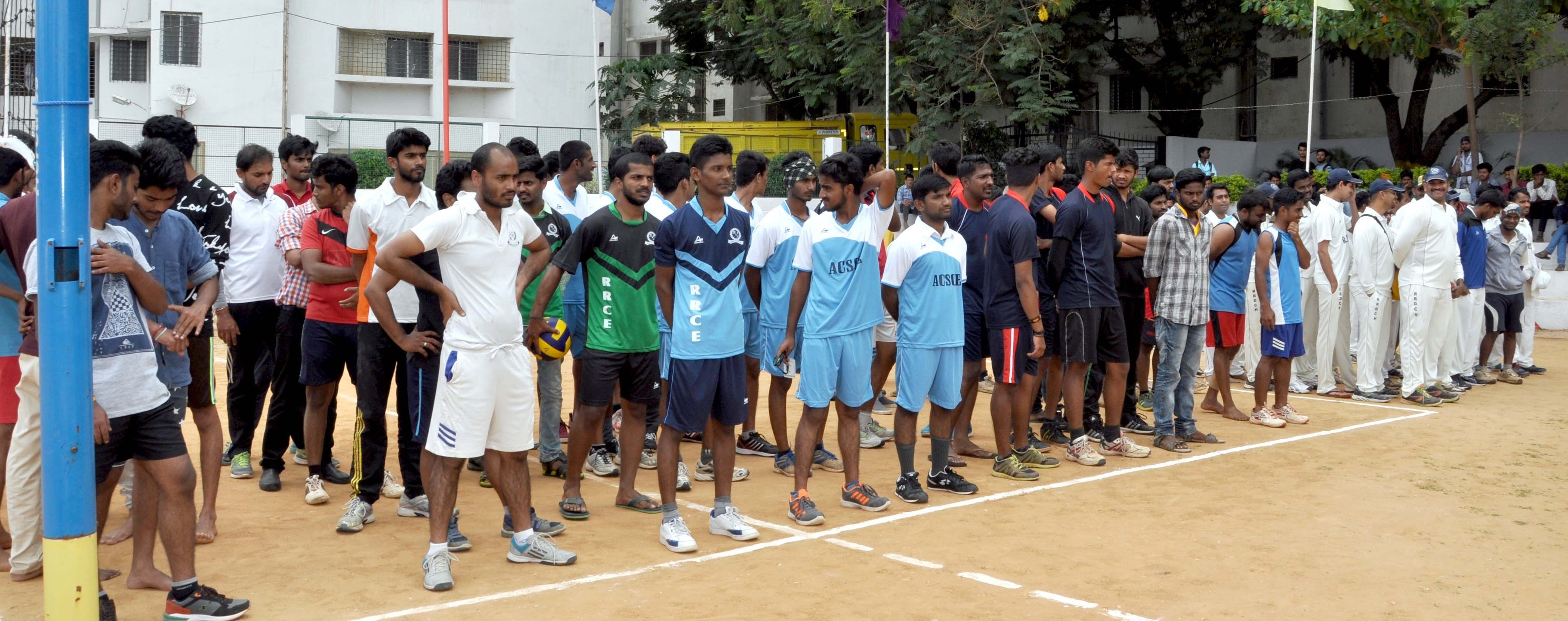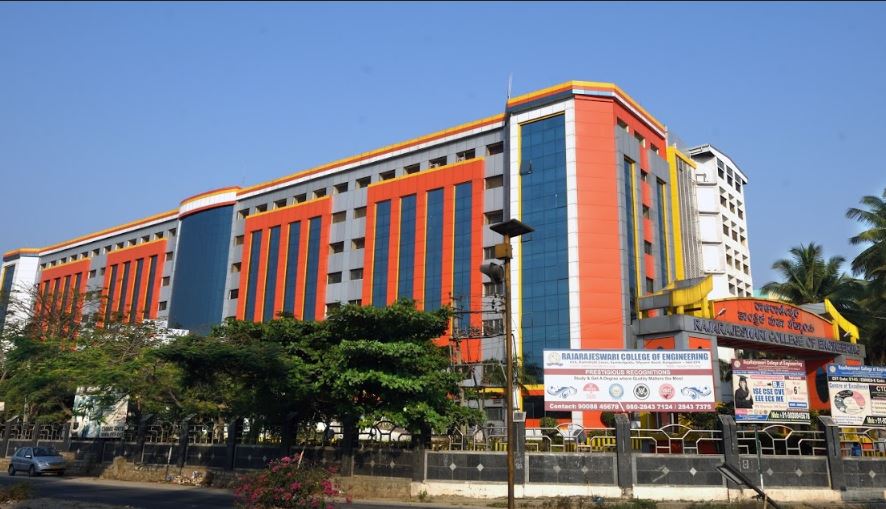Revolutionising Healthcare: The Rise of Robotics in Indian Medicine and Surgery
India, with its burgeoning population and diverse healthcare needs, stands at the forefront of embracing technological innovations to address the challenges in healthcare delivery. In recent years, the integration of robotics in Indian medicine and surgery has gained momentum, offering promising solutions to enhance patient care, improve surgical outcomes, and overcome logistical barriers. This blog explores the transformative impact of robotics on the Indian healthcare landscape, highlighting its applications, benefits, and prospects.
Applications of Robotic Surgery
Robotic surgery, with its precision, versatility, and minimally invasive approach, has expanded to various medical specialities, transforming the way surgeons approach complex procedures. Here are some key applications of robotic surgery across different fields:
Urology
- Prostatectomy: Robotic-assisted radical prostatectomy is one of the most common procedures in urological robotic surgery. The da Vinci Surgical System, for instance, allows for precise removal of the prostate gland while minimising damage to surrounding tissues, thus reducing the risk of complications such as urinary incontinence and erectile dysfunction.
- Nephrectomy: Robotic nephrectomy, whether partial or total, enables surgeons to remove kidneys affected by cancer or other conditions with greater precision and less trauma to surrounding tissues compared to traditional open surgery.
Gynaecology
- Hysterectomy: Robotic-assisted hysterectomy, the surgical removal of the uterus, is increasingly performed for conditions such as fibroids, endometriosis, or cancer. Robotic surgery offers superior visualisation and dexterity, allowing for precise tissue removal and faster recovery times for patients.
- Myomectomy: Robotic myomectomy involves the removal of uterine fibroids while preserving the uterus. The robotic system facilitates meticulous dissection and suturing, reducing the risk of complications and preserving fertility in some cases.
General Surgery
- Colorectal Surgery: Robotic-assisted procedures for colorectal conditions such as cancer, diverticulitis, or inflammatory bowel disease offer advantages such as improved visualisation and enhanced dexterity in narrow spaces, resulting in better surgical outcomes and faster recovery.
- Hernia Repair: Robotic hernia repair allows for precise placement of mesh and sutures, reducing the risk of recurrence and post-operative pain compared to traditional techniques.
Cardiac Surgery
- Mitral Valve Repair: Robotic-assisted mitral valve repair offers a minimally invasive alternative to open-heart surgery for patients with mitral valve regurgitation. Surgeons can access the heart through small incisions, reducing recovery times and post-operative complications.
- Coronary Artery Bypass Surgery (CABG): Robotic-assisted CABG involves using robotic arms to perform bypass grafting on blocked coronary arteries. This approach reduces the need for sternotomy (chest incision) and cardiopulmonary bypass, leading to quicker recovery and less pain for patients.
Head and Neck Surgery
- Transoral Robotic Surgery (TORS): TORS is used for the treatment of throat cancer, sleep apnea, and benign tumours of the throat and voice box. The robotic system provides enhanced visualisation and access to difficult-to-reach areas, resulting in improved functional outcomes and reduced morbidity.
Orthopaedic Surgery
- Total Knee Arthroplasty: Robotic-assisted total knee replacement allows for precise alignment and placement of implants, leading to improved joint function and longevity compared to conventional surgery.
- Spinal Surgery: Robotic systems assist surgeons in spinal fusion procedures, offering real-time navigation and precise instrumentation placement, which is crucial for optimal spinal alignment and stability.
These are just a few examples of the diverse applications of robotic surgery across different medical specialities. As technology continues to evolve and surgical techniques advance, robotic surgery will likely play an increasingly prominent role in improving patient outcomes and expanding the scope of what is surgically achievable.
Benefits of Robotic surgery
Robotic surgery offers a multitude of benefits across various medical specialities, revolutionising surgical procedures and enhancing patient outcomes. Here are the undisputed key advantages of robotics surgery:
- Precision and Accuracy: Robotic surgery offers unparalleled accuracy and precision like no other. Surgeons control robotic arms equipped with highly sensitive instruments, allowing for precise movements in confined spaces with minimal tremors. This precision reduces the risk of damaging surrounding tissues and nerves, leading to better surgical outcomes.
- Minimally Invasive Approach: Robotic surgery as compared to traditional open surgery allows rather invasive procedures such as smaller incisions. These smaller incisions result in less trauma to the body, reduced blood loss, and reduced scarring. Patients often experience less pain, shorter hospital stays, and faster recovery times with minimally invasive robotic surgery.
- Enhanced Visualisation: Robotic systems provide surgeons with enhanced visualisation of the surgical site. High-definition, 3D imaging offers a magnified view of the operating field, allowing for better identification of anatomical structures and precise manoeuvring. This improved visualisation enhances surgical accuracy and safety.
- Greater Dexterity and Range of Motion: Robotic instruments offer greater dexterity and a wider range of motion compared to the human hand. The robotic arms can rotate 360 degrees and access hard-to-reach areas with ease. Surgeons can perform intricate manoeuvres with precision, facilitating complex surgical procedures that may not be feasible with conventional techniques.
- Reduced Complications and Faster Recovery: Due to its precision and minimally invasive nature, robotic surgery is associated with reduced risk of complications such as infections, bleeding, and post-operative pain. Patients undergoing robotic-assisted procedures typically experience faster recovery times and shorter hospital stays compared to traditional surgery. This allows patients to return to their normal activities sooner and improves overall satisfaction with the surgical experience.
These benefits collectively make robotic surgery an attractive option for patients and surgeons alike, offering improved outcomes, reduced risks, and enhanced recovery compared to traditional surgical approaches.
Future of Robotic surgery
The future of robotic surgery holds promise for further advancements in precision, automation, and accessibility. Continued innovation in robotic technology, coupled with advancements in artificial intelligence and telemedicine, will enable more complex procedures to be performed with greater accuracy and efficiency. Integration of augmented reality and haptic feedback systems will enhance surgeon training and intraoperative guidance. Moreover, collaborative robotic platforms will facilitate interdisciplinary teamwork and remote surgical interventions, expanding access to specialised care globally. As these technologies evolve, robotic surgery will continue to revolutionise surgical practice, improving patient outcomes and shaping the future of healthcare delivery.
Conclusion
The rise of robotics in Indian medicine and surgery represents a paradigm shift in healthcare delivery, offering transformative solutions to address the evolving needs of a diverse and populous nation. While challenges such as cost, training, and infrastructure remain, the growing acceptance and adoption of robotic technology underscore its potential to revolutionise healthcare accessibility, affordability, and quality across India.
With continued investment, innovation, and collaboration, robotics holds the promise of ushering in a new era of excellence in Indian healthcare, benefiting millions of patients and healthcare professionals alike. If you wish to partner with the world of medicine in this transformative path as a robotics and automation engineer visit us at RRCE and check the criteria for pursuing it as a career.




